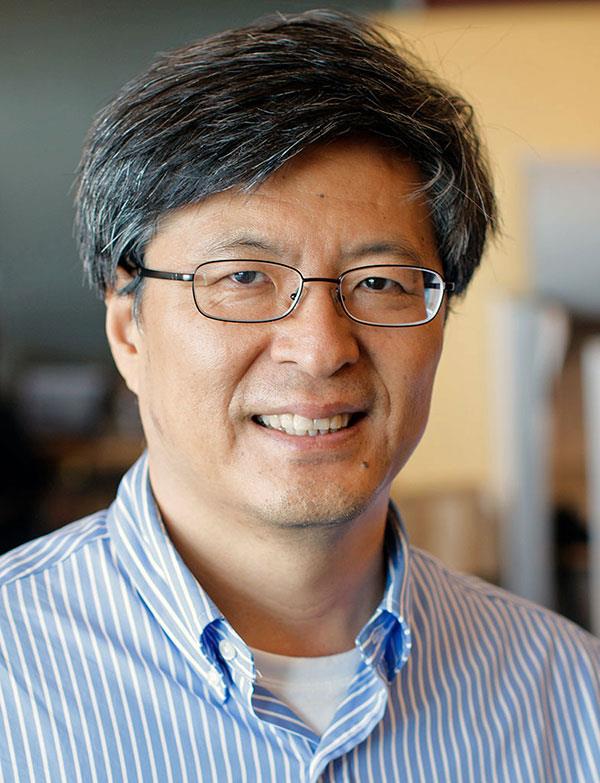According to Dr Kyeongjae Cho of the Erik Jonsson School of Engineering and Computer Science, lithium-sulfur batteries have several advantages over lithium-ion. He says they are less expensive to make, weigh less, store almost twice the energy of lithium-ion batteries and are better for the environment.
“A lithium-sulfur battery has a capacity of about 3 to 5 times higher than lithium-ion batteries, meaning if you are used to a phone lasting for 3 hours, you can use it for nine to 15 hours with a lithium-sulfur battery," explains Cho.
However, a challenge lies in sulfur’s poor electrical conductor and can become unstable over just several charge-and-recharge cycles. Electrodes breaking down is another reason lithium-sulfur batteries aren't mainstream.

Previous experiments by scientists to improve this material involved putting lithium metal on one electrode and sulfur on the other. But lithium metal often is too unstable and sulfur too insulating.
The team discovered a technology that produced a sulfur-carbon nanotube substance that created more conductivity on one electrode and a nanomaterial coating to create stability for the other.
| Dr Kyeongjae Cho of the Erik Jonsson School of Engineering and Computer Science at Erik Jonsson School of Engineering and Computer Science. Credit: The University of Texas at Dallas |
It was found that molybdenum creates a material that adjusts the thickness of the coating when combined with two atoms of sulfur, a coating thinner than the silk of a spiderweb. They say it improves stability and compensates for poor conductivity of sulfur, allowing for greater power density and making lithium-sulfur batteries more commercially viable.
"This was what everyone was looking for, for a long time," Cho says. "That's the breakthrough. We are trying to suppress side reactions. It's a protection technology.
"We are taking this to the next step and will fully stabilise the material and bring it to actual, practical commercial technology.”













